Diversity Visa Lottery, commonly known as the Green Card Lottery, is an annual program that allows winners to get permanent residency in the U.S. However, the chances of winning this lottery are relatively slim, with millions of applicants vying for only a few thousand slots.
The DV Lottery results are traditionally announced in May. The 55,000 winners get the opportunity to pursue the American Dream.
For those who do not get selected, it can be disheartening and leave them feeling stuck in their current situation. But losing the lottery does not have to mean the end of the road. This article guides unsuccessful Green Card Lottery applicants, providing them with actionable steps and resources to explore alternative paths to achieving their immigration goals.
How to Check Your DV Lottery Results in 2024?
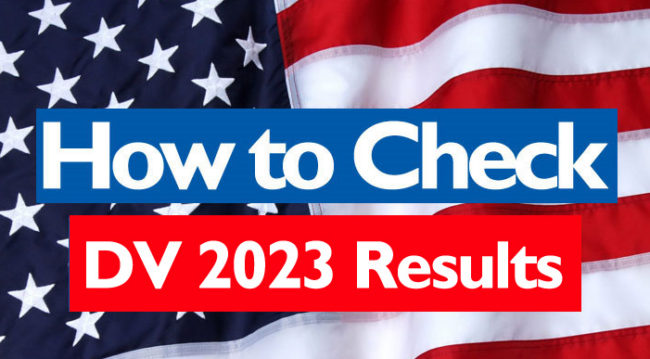
You must visit the official Diversity Visa program website (dvprogram.state.gov) between May and September 2024 and enter your unique confirmation number and personal information. The next page will let you know if you have been selected in a random drawing.
What Are Your Chances of Winning the Lottery?
Your odds depend on the number of entries submitted each year and the total number of visas available. Generally, the probabilities of winning the Diversity Visa Lottery are low, with only a small percentage of applicants being selected each year.
In 2022, for example, over 7 million qualified entries were submitted, but only about 55,000 diversity visas were available, resulting in a winning chance of about 0.8%. However, the exact odds may vary from year to year, and it’s important to remember that luck plays a significant role in the selection process.
Three General Options for Unsuccessful DV Lottery Participants
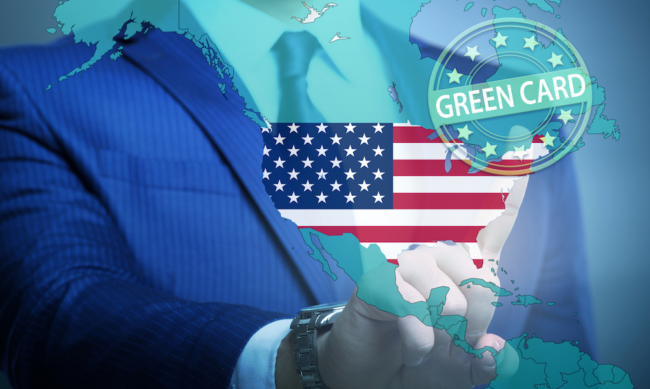
Option 1 (for Optimists): Hope for An Additional Drawing
Rarely, an extra drawing may be conducted after the primary one. This usually happens if there are far fewer applicants for an immigrant visa than there were winners announced. If this occurs, applicants will receive a notification email from the official DV Lottery program email address, donotreply@dvlottery.state.gov, to recheck the lottery status.
It’s crucial to note that all official communication from the program will come from the state.gov domain, and any email from other domains could be a scam. It’s important to check the status of this additional drawing on dv program.state.gov, as usual.
Knowing this, keep an eye on the email you used to apply: keep it active, check for spam, and always be vigilant.
Option 2 (for Realists): Get Ready to Reapply the Next Year
The application period for the Diversity Visa Lottery usually opens in early October and closes in early November of each year. To be eligible, you must have been born in a qualifying country and meet certain education or work experience requirements. Additionally, you must not have any disqualifying criminal or medical conditions. The specific eligibility requirements may vary from year to year, so reviewing them carefully before applying is essential.
It’s also important to note that one application per person per year is limited. Any duplicate entries will result in disqualification.
Strategies for Improving Chances of Winning the DV Lottery

While there is no guaranteed way to increase your chances of being selected for the Diversity Visa Lottery, there are a few strategies that could potentially improve your odds:
- Submit your application early: While the application period is open for a few weeks, it’s best to submit your application as early as possible to avoid any last-minute issues or delays;
- Ensure your application is complete and accurate: Double-check that all required fields are filled out correctly and all information provided is accurate. Any errors or omissions could lead to disqualification;
- Validate your photo: Your photo must meet specific requirements, such as being taken within the last six months and a certain size and format. Make sure your photo meets these criteria to avoid any issues;
- Apply with dependents and your qualified spouse: If your spouse is eligible for the Diversity Visa Lottery, consider applying together. This will increase your chances of being selected as a family, as each winning applicant can bring their spouse and unmarried children under the age of 21;
- Apply every year: While the odds of winning are low, applying yearly will increase your chances of being selected. Just make sure to submit only one application per year to avoid disqualification.
Common Mistakes to Avoid
There are several common mistakes that DV lottery applicants should avoid to increase their chances of being selected:
- Submitting more than one application: As previously mentioned, submitting multiple applications will result in disqualification;
- Failing to meet eligibility requirements: Review the eligibility requirements carefully before submitting your application to ensure that you meet all the criteria;
- Providing inaccurate or incomplete information: Make sure to provide accurate and complete information on your application. Any errors or omissions could lead to disqualification.
- Using an incorrect photo: Your photo must meet specific requirements, make sure your photo meets these criteria to avoid disqualification;
- Waiting until the last minute to apply: The application period is open for a few weeks, but submitting your application as early as possible is best to avoid any last-minute issues or delays.
Option 3 (for the Persistent): Explore Alternative Immigration Paths
While the Diversity Visa Lottery offers a unique opportunity for individuals from qualifying countries to obtain permanent residence in the United States, it’s not the only immigration option available. Several alternative paths aspiring immigrants can explore to achieve their goals.
Family-Based Immigration
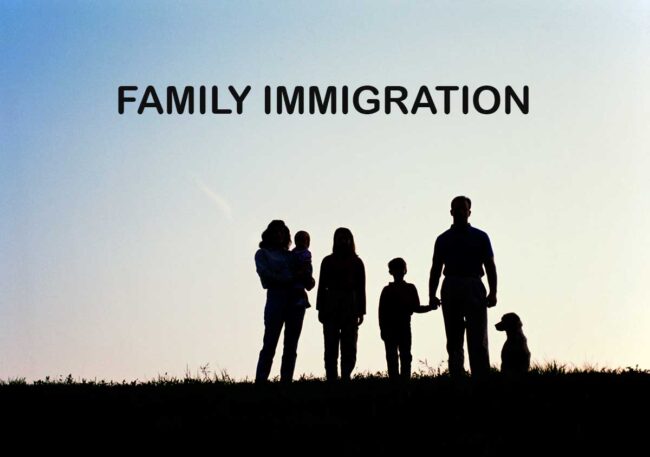
This option allows U.S. citizens and lawful permanent residents (green card holders) to sponsor certain family members for immigration. Eligible family members include spouses, parents, children, and siblings depending on the sponsor’s status.
Family-based immigration is a lengthy process that involves filing petitions, waiting for visa availability, and completing interviews and background checks. However, it can lead to permanent residence in the United States and even citizenship, making it a desirable option for those with family ties.
Employment-Based Immigration
Another alternative immigration path is employment-based immigration. This option allows foreign nationals to obtain permanent residence in the United States through employment. The U.S. government offers several employment-based visa categories, each with its own requirements and limitations.
For example, the O-1 visa is for individuals with extraordinary abilities in the sciences, arts, education, etc., while the H1B visa is for skilled professionals in high-demand fields.
To apply for an employment-based visa, an employer must sponsor the individual and undergo a rigorous process that includes labor certification and various forms and fees. Despite the challenges, employment-based immigration is viable for individuals with specialized skills or education and a job offer from a U.S. employer.
Asylum and Refugee Status
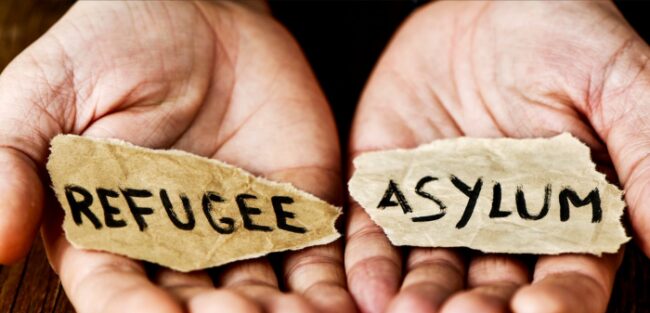
An alternative immigration path for individuals fleeing persecution, war, or violence in their home country. To apply for asylum, individuals must be physically present in the United States and must apply within one year of arrival.
Asylum seekers must prove that they have suffered or fear persecution in their home country based on race, religion, nationality, political opinion, or membership in a particular social group. If granted asylum, the individual can remain in the United States and eventually apply for permanent residence. Similarly, refugees are individuals outside their home country and unable to return due to fear of persecution.
They must apply for refugee status through the United Nations High Commissioner for Refugees (UNHCR) and be referred to the United States for resettlement. Once in the United States, refugees can apply for permanent residence after one year. Asylum and refugee status are important options for those needing protection, but the application process can be complex and lengthy.
Investment-Based Immigration
Investment-based immigration, also known as the EB-5 visa program, allows foreign nationals to obtain permanent residence in the United States by investing in a new commercial enterprise that creates jobs for U.S. workers.
To qualify, the foreign national must invest at least $1.8 million (or $900,000 in certain targeted employment areas) and create at least ten full-time jobs for U.S. workers within two years. The investment can take many forms, such as purchasing an existing business, starting a new business, or investing in a regional center that pools funds for multiple projects.
The EB-5 program has become increasingly popular in recent years, offering a direct path to permanent residence without needing a sponsor or employer. However, the program has strict requirements and a lengthy application process, and it is subject to annual quotas and program changes.
Conclusion
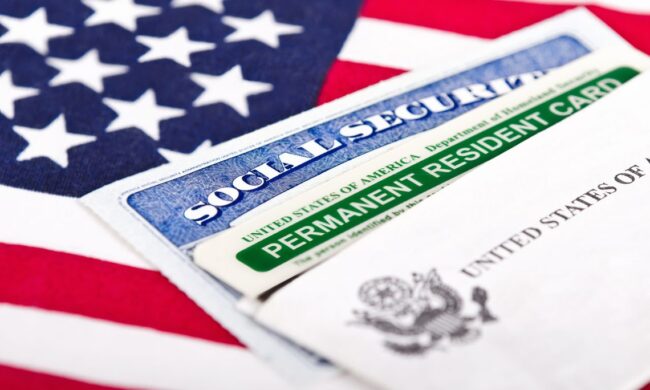
In conclusion, while losing the Diversity Visa Lottery can be disappointing, the road to relocation to the United States remains. By taking advantage of the resources available and seeking the guidance of a qualified immigration attorney, you can increase your chances of achieving your immigration goals. Remember that the road to the American dream may not be easy, but it can be accomplished with determination and perseverance.
